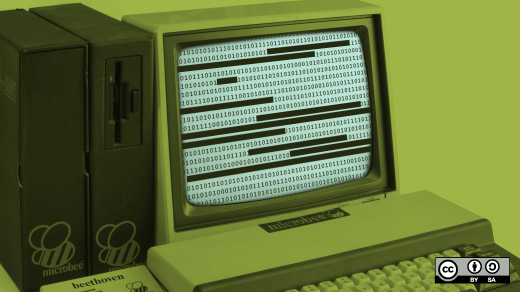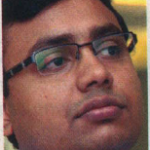I am a technology practitioner and promoter of open source software (OSS). It ismy job to speak about the open source model in order to facilitate its adoption, to discuss its relevance and viability with regards to the strategic and economic needs of our time.
When I began my career, I spent several years working with closed source and proprietary software. It was then that I was first introduced to open source software. At first, it seemed rebellious, but I soon realized it was just the tip of iceberg. I could sense this was a revolutionary idea capable of a paradigm shift, representing deep topics: sustainable innovation, broader collaboration, and sharing of intellectual outcomes.
What open source really means
After spending time with the open source model and exploring its possibilities, I feel there is a need to restate the definition of the model. People often confuse open source with just software or with “source code.”
Defining open source as only software fails to capture its full and true meaning. Open source is not limited to software technology, it is a culture of knowledge-sharing and collaboration, and it applies equally to all fields.
Here are just a few examples of how the open source model is practiced by some of our communities and organizations: Open cola, open source drug discovery, open content, open knowledge,open data, open source robotics, OpenMoko, OpenCores, open design, and, of course, open source software.
Open source is about keeping our ideas, thoughts, perspectives, creativity, and knowledge free from socioeconomic constraints and making them accessible to all. These founding principles fuel innovation at an unprecedented rate by delivering high quality results at a fraction of the cost; compared to when things are done behind closed doors, and creating a healthy environment for competition. In turn, the continued pursuit of innovation is more sustainable.
Open source software, is perhaps the most prominent implementation of the open source model. It begins with the architecture of participation, spans the entire software development life cycle and follows the foundation principal of unconstrained access to source. Linux, with its vibrant community and processes, is probably the most cited example of this, followed by numerous successes like Tomcat, JBoss, Wikipedia, Eclipse, Firefox, OpenStack, Gluster, and Hadoop.
The birth of open source software began with a simple thought process: I had an idea and created something from it. Now, I want to share it (in its entirety) with others who might like to use it. I want them to be able to modify it, enhance it, and contribute it back at their will.
A catalyst for the open source movement was the Internet. The Internet became, and remains, a participatory platform for collaboration. This model created unconstrained entry, available resources,and voluntary participation from people around the world.
The value of the open source model
Unconstrained innovation. If you have an idea and wish to realize it, you don’t need a lot of money or corporate stature. All you need is intent. Start by declaring your intent and approach, and others who share the idea will soon join in. Then, it is easy to see that the inception of thoughts and ideas are oftenshared by many different people who are miles or oceans apart. When given a platform these people can reach each other and realize innovative ideas together.
Transparent credibility. After its inception, open source software gained momentum on the very ground that the intelligence (software) that drives the business can be viewed and scrutinized by anyone to uncover and expose vulnerable or malicious components. This opportunity to perform microscopic investigation anytime became a unique attribute and immediately boosted the credibility of open source software.
Decentralized control. Amendments to open source software can be made by the end users, community members, or commercial support bodies, immediately, without the need for a separate, closed group and process. With the increasing penetration of software in consumer devices, business engines, military and government frameworks the power of this capability is apparent anddistinguishing.
A paradigm shift
The open source model has already triggered a paradigm shift. It’s changing the way traditional models used to work. Open source is propelling towards decentralized control, distribution of power, and collaborative participation. It is imperative to understand the broader role of the open source model to reap its benefits in the future.
More resources




4 Comments